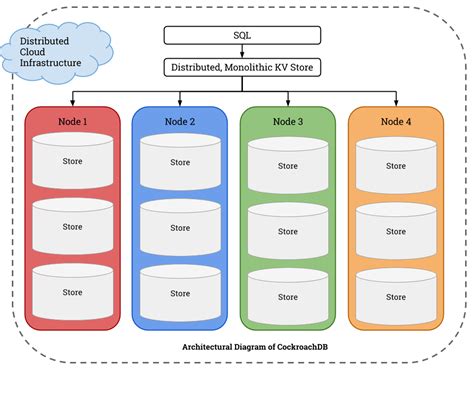In the evolving world of database technology, understanding the transaction isolation levels and how they affect system performance and consistency is crucial. Traditional databases like PostgreSQL have developed complex mechanisms such as EvalPlanQual to handle concurrency and consistency. However, newer databases like CockroachDB are setting aside these traditional models in favor of approaches that can simplify scalability and reduce operational complexities in a distributed environment.
The demand for databases that effectively manage large-scale, distributed environments without compromising on consistency has led to novel innovations in database architecture. CockroachDB’s reluctance to adopt EvalPlanQual is rooted in its architectural choices that favor scalability and ease of understanding over the optimization of single-node performance. This reflects a broader trend in database technology, where the efficiency of the entire system is prioritized over peak performance at individual nodes.
The adoption of simpler consistency models like Read Committed in CockroachDB does not just mitigate potential transaction conflicts, it also simplifies the overall management of data consistency. This model allows transactions to see a snapshot of the database at the start of their execution, thereby simplifying the logic required to handle concurrent updates. It is particularly advantageous in systems where transactions are not heavily interdependent, thus allowing high throughput with minimal locking and blocking.
Efficiency in handling large distributed systems comes from not just handling failures but also from the flexibility in resource allocation that these systems afford. Distributed databases can effectively use their architecture to bypass some of the more complex problems faced by traditional systems. For instance, distributed systems can handle disk or power failures more adeptly by spreading data across multiple nodes, which also helps in improving the overall system resilience against single points of failure.
The evolution of SQL databases also brings attention to the nuances of data handling and transactional integrity. For instance, the introduction of Read Committed isolation level in CockroachDB was aimed at reducing serialization errors commonly seen in higher isolation levels. This approach, while somewhat diluting the strictness of data consistency as seen in Serializable levels, proves sufficient for many applications that require consistency without the overhead of handling numerous transaction retries and complex lock management.
Besides the technical aspects, there’s an interesting ongoing debate about the naming and branding of databases like CockroachDB. A name that some might find off-putting initially can also reflect durability and robustness, symbolizing a system’s capacity to withstand adverse conditions. Thus, the choice of a name can influence perception but also serves as a talking point that highlights the unique characteristics and the intended resilience of the database system. Ultimately, the functionality and capability of the database system play a decisive role in its adoption, notwithstanding the initial reactions to its naming.


Leave a Reply